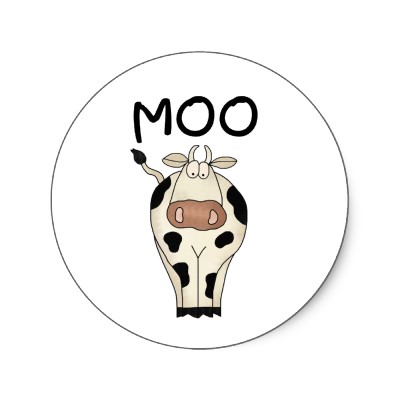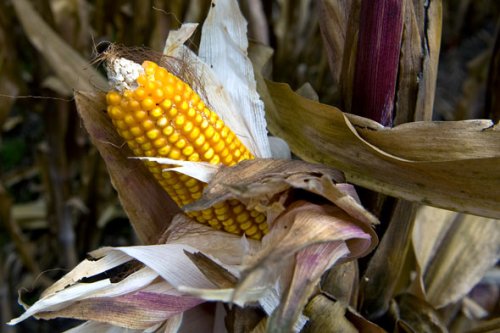What are the worst lines you can hear from a doctor when you are partially anesthetized in the surgery room?
“Oh oh…”
“What is that?”
“Quick, quick, pass me the XXX (some precision surgical tools)!”
“I can’t see…”
“Can you call Doctor XXX in? Tell him it’s urgent.”
“Where the hell is my cigarette?”
“Where is the electricity?”
“Houston, we have a problem.”
I went for my first dental implants yesterday with a dental surgeon from a referral. As part of my obsessive character that’s known as a control freak, I had done plenty of research over the past few days about all there is to dental implants. At the clinic, I still went through the details of the solution, procedures and all the questions I had gathered from my research, with the surgeon, extensively. All of a sudden I felt like I was doing a feature interview on TV news, and I constructed my questions logically, using analogies to provoke interests. It didn’t take a surgeon to figure that I was nervous. Very nervous.
I’m sure I’m not the only one. The moment you feel you are completely helpless and at the mercy of someone you barely know is a daunting reality. It’s not my first time having surgery, but last time there was no time for me to do any thinking. It was an emergency operation, and the doctors unanimously told me there was only one solution. One route, one way, and it had to be there and then, right away. In about 3 hours, I was wheeled into the surgery room. I didn’t even have time to panic or feel anything. The first things I did were to call my family, my insurance agent, text my office and cancelled my travel bookings. With these as my last words, I woke up a few hours later with a status report available for me.
This time, though much less complicated or life threatening, there could be multiple routes toward a destination. There could be risks, complications, what-if scenarios, and a bunch of uncertainties, even after I have done all the research and all the detailed explanations provided by my surgeon prior to the procedure.
Worst yet, is the partial anesthesia part. You don’t feel pain (thank goodness), but you are wildly aware of what’s going on around you. I couldn’t see anything because my face and eyes are covered, but I could hear every sentence, instruction and finding of the surgeon along with his helpful assistants.
“Huh… Where are the tooth roots?”
What’s happening? I don’t like questions. Questions mean uncertainty, and uncertainty means this highly trained surgeon doesn’t know what to do. That’s not good.
“There isn’t even bone graft. Get me bone graft!” Then the assistant repeated the request through what I imagined to be an intercom system.
Bone graft. I think I remember reading about it. The surgeon didn’t prepare me for this in our pre-surgery discussion. Wait, my research tells me that replacement bone graft is generally taken from the patient’s other body parts! Is he going to saw into my jawbone or somewhere for such? Help!
What kills your spirit is always the fear, agony, pain, late nights tossing and turning, financial burden etc., much more so than the illness or physical conditions you are actually facing. And I’m known to be a paranoid in areas that are out of my personal control. Hearing such questions or orders sure doesn’t help in my immobilized but conscious state.
Luckily, the operation was over in less than 40 minutes, with the surgeon reporting that the procedure was completed successfully with no complications, and subsequent steps to be continued in the next few months. He also told me he implanted cow’s bone graft on one of my implants. Don’t be fooled by thinking it’s something you use to make delicious beef soup. This bone graft is one pricey item that is life-saving. I have never been a big fan of beef or steaks, and maybe that’s how they thank me.
On top of all the other wonders in life, I now have a new respect for cows. “Moo…..”











